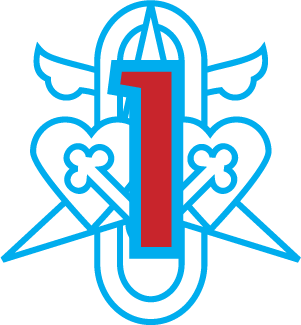The Cistercians in Europe
The foundation of the Cistercian Order

he founder of the Cistercian Order Saint Robert was born in a noble family in Champagne in about 1028. As a young man he entered the Abbey of Montier-la-Celle near Troyes, where he finally became a prior, the abbot’s deputy. He had carefully studied the rules of an ideal monastic life, and he left the abbey to settle in the forest of Collan, together with the hermits, with whom he also founded the Molesme Abbey in 1075. A few years later there were so many novices at the abbey that the hermits who had established it became a minority there. The abbot Robert sought a life of solitude and poverty to worship God. But disagreements about the right forms of monastic observance annoyed the old hermits, who left the Molesme Abbey to establish a new monastery in a distant valley of Saȏne, at a place called Cȋteaux (in Latin: cistercium) in 1098. Soon daughter houses monasteries emerged: in 1113 La Ferté, in 1114 Pontigny; in 1115 Clairvaux and in 1118–1119 five more monasteries. A new order had been established.
St. Bernard of Clairvaux (1090–1153)

n 1113 the Cistercians were joined by monk Bernard, who, at the age of 25, founded a monastery in Clairvaux (claire vallée – the Valley of Light) in 1115. Bernard, who became the abbot at the monastery which he had established, was a convincing writer and a powerful speaker; he was also involved in political matters. He had a profound influence on the spirituality of the Cistercians and the popularity of their monasteries.
When Bernard of Clairvaux died in 1153, there were 343 Cistercian monasteries in Europe; in the Late Middle Ages there were as many as 750 male monasteries, and a number of nunneries.
You can listen to the extracts from St. Bernard’s speeches and letters in the Chapter Hall.
Ora et labora (Pray and Work)

he Cistercian Order was a monastic order of strict observance and all the monks had to follow the same rules, but, at the same time, they were flexible, and this has probably enabled the order to survive to the present day. Daily physical work was as important as daily prayer to the monks, who participated in construction work and gardening and other occupations in between the eight daily Divine Offices in church. St. Bernard interpreted the contemplative life of prayer as an edifice which was based on love. The Cistercian veneration of Mary, the Mother of God grew out of Bernard of Clairvaux’s religious experiences, his visions of the Virgin Mary. All Cistercian houses were dedicated to the Virgin Mary. “Is being solitary the same as being alone?” – this was one of the Cistercian paradoxes to which they sought answers.



